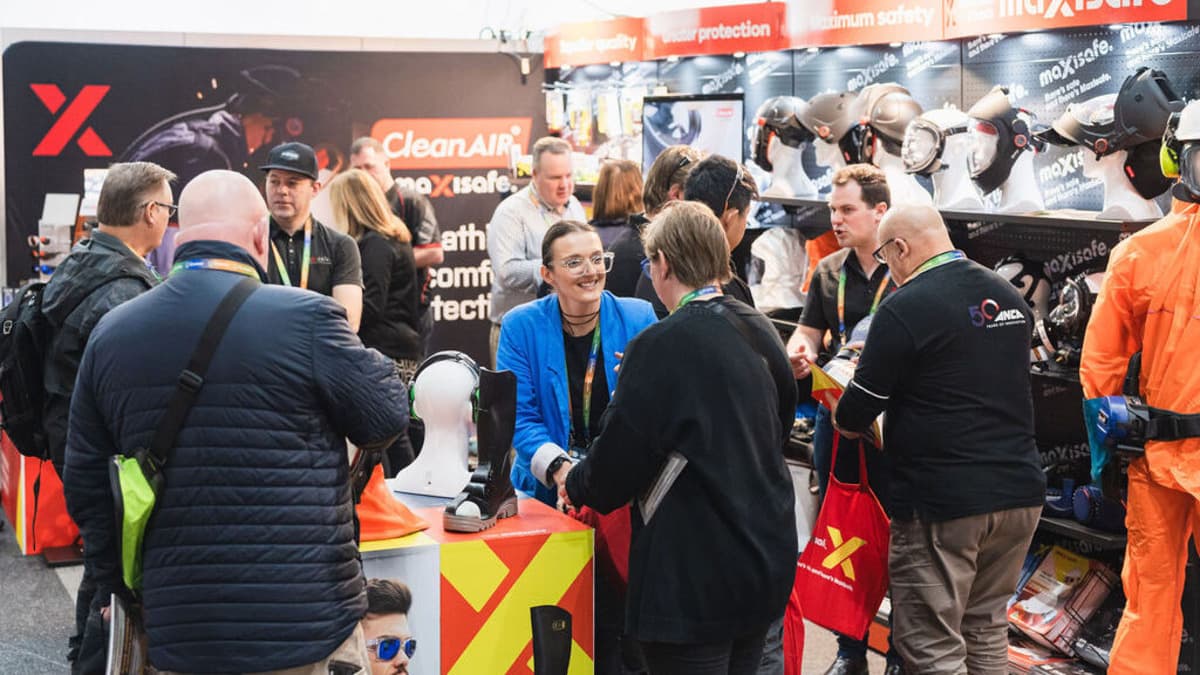The Australian Workers Compensation Statistics for 2020-21 reveal that hazardous materials are responsible for 14% of all serious claims (amounting to almost 19,000 claims).
Chemicals and chemical products, meanwhile, are responsible for 1% of all serious claims, accounting for over 1,000 claims.
“The volume of serious claims for workers compensation has been in decline over the last two decades, indicating that workplaces are making great strides in safeguarding employee safety. However, the costs associated with compensation claims have risen significantly,” notes Stephen Blackie, Portfolio Director, Workplace Health & Safety Show. He points to statistics demonstrating that between 2001 and 2020, the median time lost for a serious claim rose by 67% from 4.2 to 7.0 working weeks. The median compensation paid for a serious claim climbed by 190% from $5,200 to $15,100.
“The management of hazardous materials should be a priority for all Australian businesses. After all, some hazardous substances have no immediately visible effect but can result in long-term health complications such as cancer. And even basic cleaning supplies in the office storeroom present a potential risk!” adds Stephen. “Organisations must take the necessary steps and precautions to protect workers, and to meet regulatory requirements”.
He outlines a number of strategies that can improve a company’s hazardous materials handling.
- Invest in high quality PPE (and maintain it properly): From eye protectors and masks to head wear and shoe covers, respirators, coveralls and gloves, good quality PPE solutions will offer the required resistance to hazardous chemicals, abrasives and corrosives, as well as dusts. “It’s wise to partner with a supplier who has the proper accreditations and a commitment to quality. Counterfeit or substandard PPE is a concern,” notes Stephen. He also reiterates the importance of selecting and sourcing PPE correctly. “Over 80% of health and safety officials surveyed agree that current PPE for women is unsuitable and doesn’t fit properly, reducing its efficacy and sometimes resulting in discomfort or poor mobility”.
- Invest in risk monitoring and management technology solutions: Pointing to the wide range of technology solutions and equipment available, Stephen recommends working with an experienced and accredited service provider who can offer tailored solutions that deliver measurable results. “The integration of new technology, including AI and sensors, has enabled more accurate, effective and cost-effective detection, monitoring and management of hazards across a wide range of industry sectors. And with some service providers offering rental services, it’s becoming easier for companies of any size to make the most of these solutions,” adds Stephen.
- Invest in high quality hazardous material storage and management tools: Stephen reiterates the importance of selecting the right storage solutions, which will offer resistance against the environmental elements (e.g. dust, high temperatures, etc) as well as the chemicals themselves. “Besides the proper cabinets, it’s critical to have spill control kits and firefighting equipment, including smoke alarms and fire extinguishers as well as fire blankets”.
- Installing life-saving equipment for emergencies: This includes solutions such as workplace defibrillators. “Around 30,000 Australians suffer out-of-hospital cardiac arrests each year, and only 5-10% of them survive without immediate interventions. This survival rate can reach 70% if a defibrillator is used,” he adds.
- Providing safety training to workers: He urges companies to consider immersive training such as virtual reality (VR) training. “Training is completed up to four times faster than traditional training methods, and participants are almost 300% more confident to act on what they’ve learned,” says Stephen. “Similarly, high-definition video and 3D animations enable companies to recreate complex risk scenarios and safety procedures”.
Workplace Health & Safety Show Sydney delivers hazardous materials handling essentials
With hazardous materials handling being a critical issue for so many businesses, Workplace Health & Safety Show Sydney is set to provide attendees with the solutions.
Taking place from 23-24 October 2024 at The Dome (Sydney Showground), the Show exhibition features over 160 brands, demonstrating the latest safety products and solutions. “The exhibition is the ideal place to browse, research and source an extensive range of solutions – saving you time and connecting you directly with suppliers,” notes Stephen
Hazardous materials handling companies in the exhibition hall include:
- Hazardous material management and monitoring equipment: RVT Group, Active Environmental Solutions
- Hazardous materials storage and handling: Asecos GMBH
- Fire safety: Checkpoint Group, Gaam Emergency Products, First Aid Accident & Emergency
- PPE: Bastion Pacific, MaxiSafe, The Glove Company
- Training: Affirmer, Flaim Systems
And many more!
In addition to the exhibition, the Show also features a comprehensive education program, offering over 40 hours of content delivered by some of the country’s leading experts. Seminar sessions cover pertinent topics, such as silica dust safety.
“Workplace Health & Safety Show is the ultimate destination for any business owner, safety officer or manager looking to manage hazards more effectively, improve the wellbeing and safety of their workers, and achieve enhanced compliance with regulations and best practices,” concludes Stephen.
More information about the Show is available at https://whsshow.com.au/whats-on-sydney/see-action.
Keep up to date with our stories on LinkedIn, Twitter, Facebook and Instagram.

